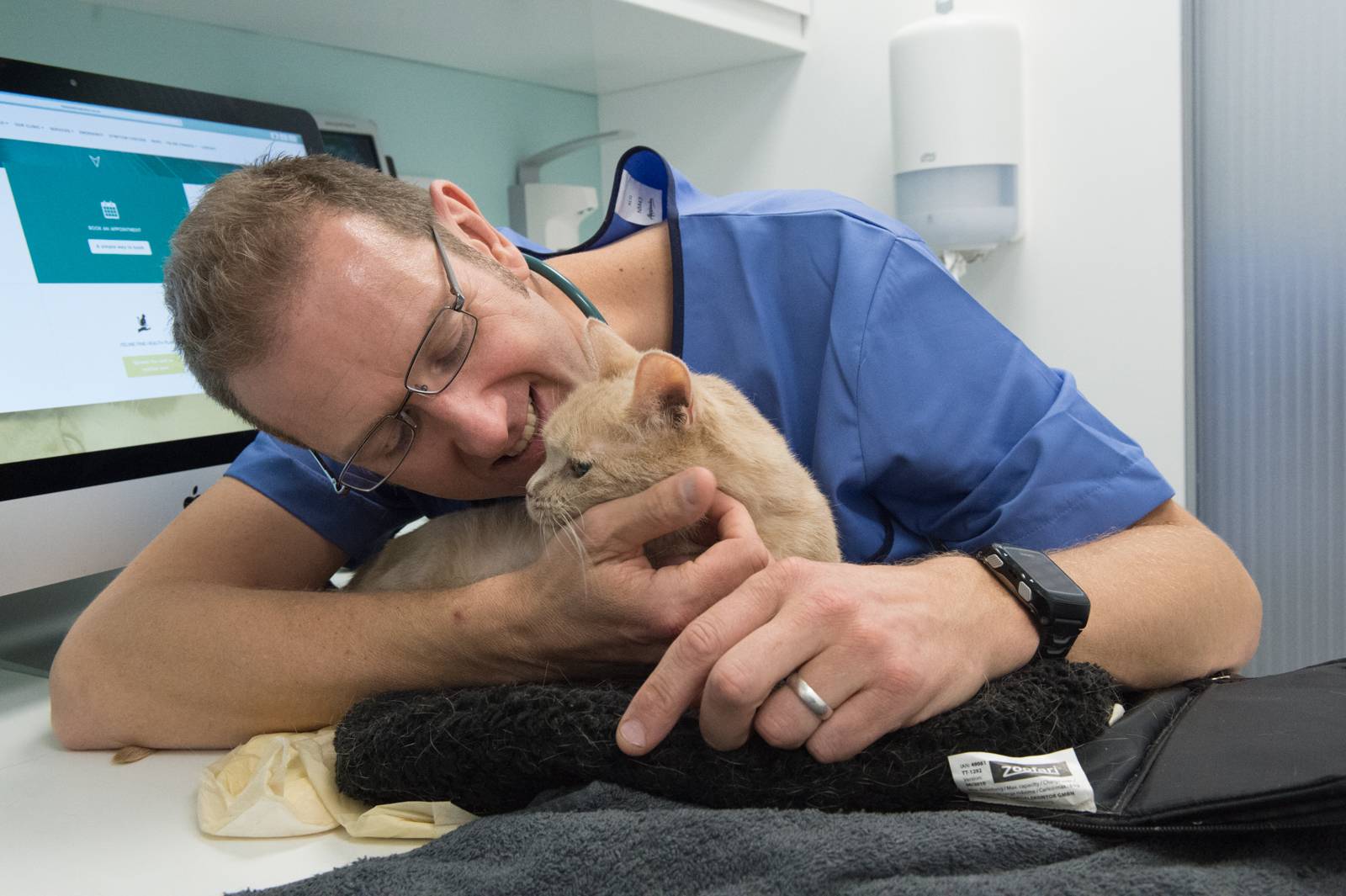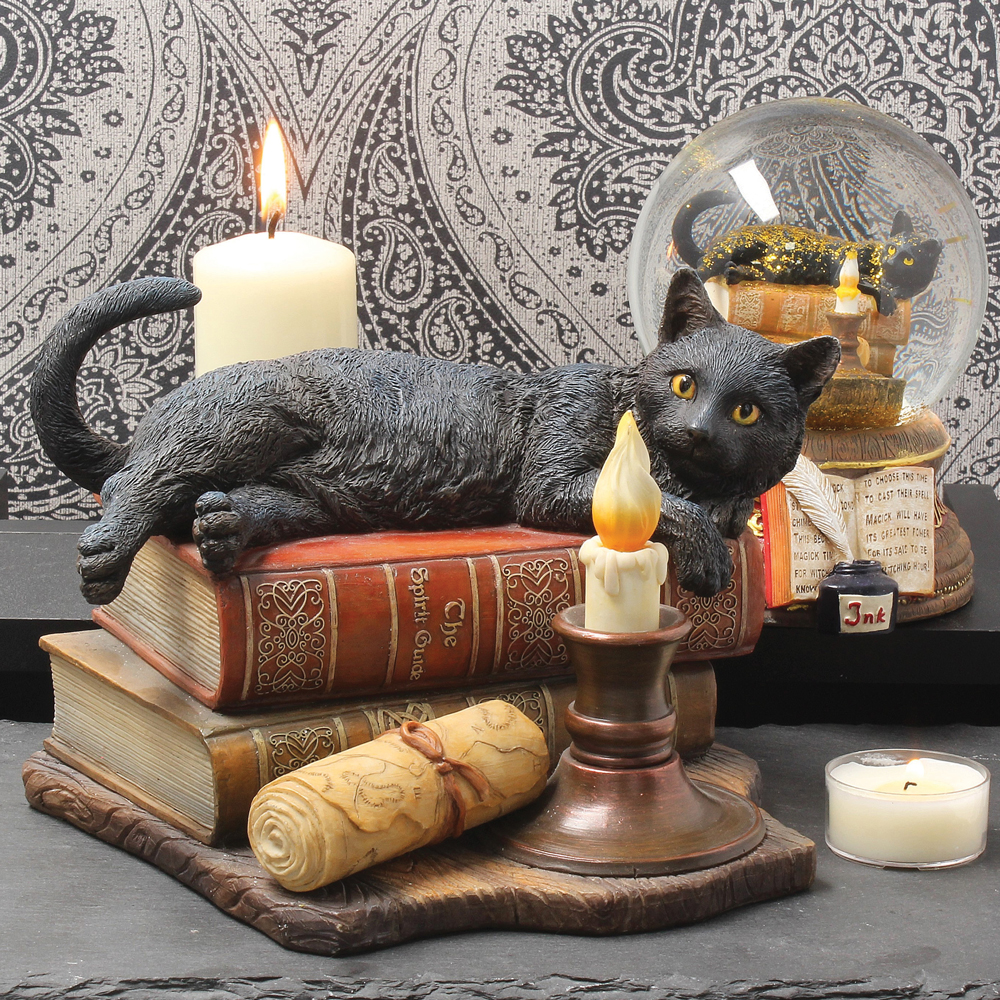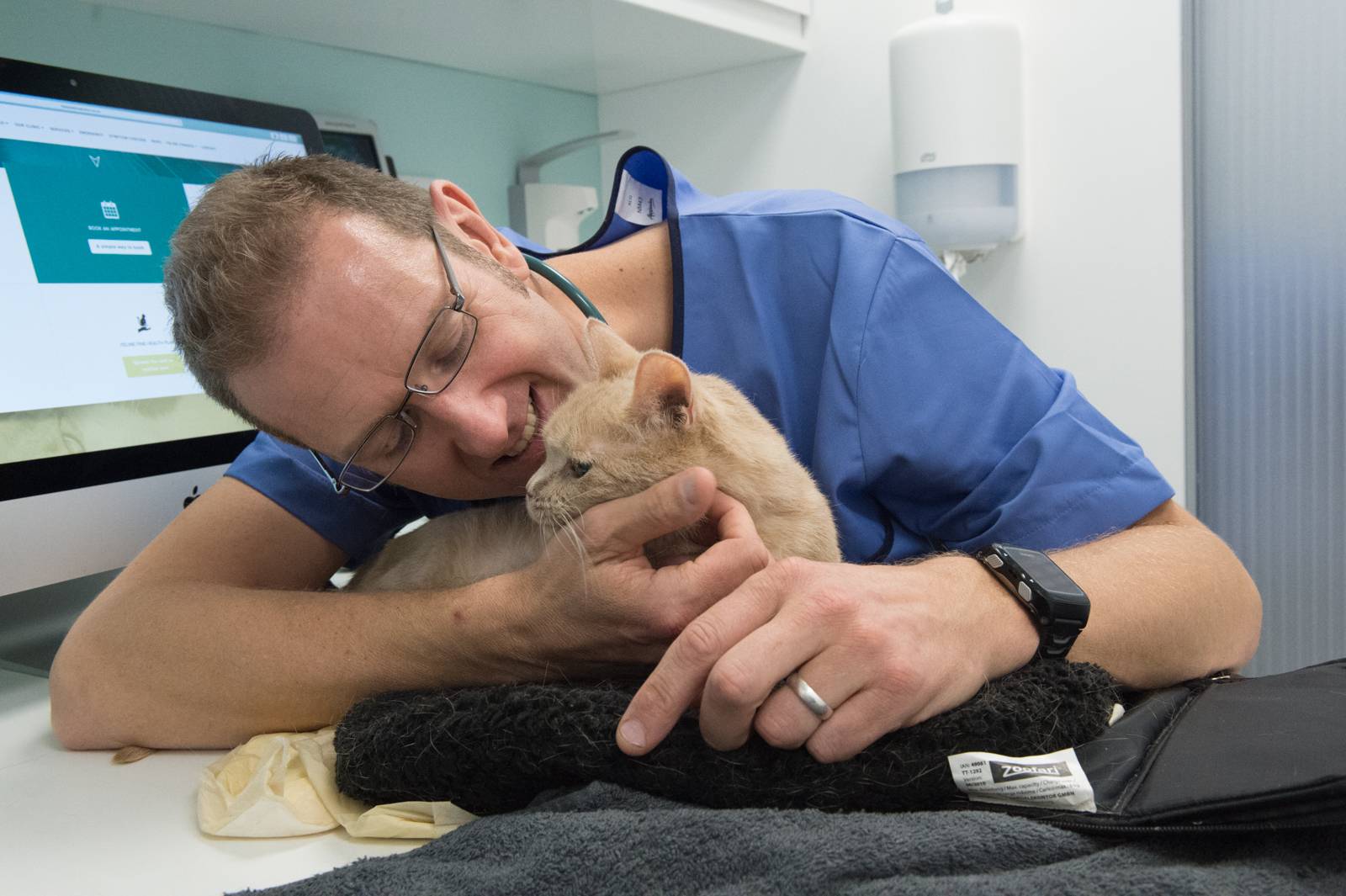Around 85% of cats aged over three suffer from some degree of dental disease, and regular brushing of the pet’s teeth can help, says a leading London-based feline vet.
Dr. Jeremy Campbell, Clinical Director at The London Cat Clinic, one of only a handful of practices in the UK that is cat-only, recommends tooth brushing together with 6-monthly to yearly dental checks to spot disease early. This can help prevent the formation of tartar, which can slow the progression of diseases such as gingivitis and periodontitis.
Dr. Campbell explains: “One thing that pet owners can do at home to help reduce the progression of dental disease in their cat is brushing the teeth regularly where possible. This isn’t easy with cats and they need to be trained from kitten-hood but it is possible.
“Owners are often under the impression that feeding 100% dry food will ‘clean’ their teeth sufficiently. However, recent studies have shown that regular dry food has little abrasive qualities, as cats tend to chew too quickly for any real impact. Any effect it has is at the tip of the tooth and most diseases in cats are at the gum level or below the gum line much higher up.”
The London Cat Clinic offers a Comprehensive Oral Health Assessment and Treatment (COHAT), including dental radiography.*
A further problem contributing to “the silent suffering”, explains Dr. Campbell, is that cats also tend to ‘hide’ dental disease from their owners, so dental disease may go undiagnosed until the animal is more likely to be in severe pain.
Symptoms include lethargy, decreased appetite, bad breath and inactivity. Left untreated, dental disease can affect the organs, causing damage to the kidney and liver.
Many pet owners are also concerned about the risks of subjecting their pet to a general anesthetic – particularly if they have an existing medical condition.
Dr. Campbell says: “Pet owners whose cats have underlying diseases or are elderly are often reluctant to bring in their cats in for a dental examination, as they are concerned that their cat will not be a good candidate for general anaesthetic. Often, however, this is not the case. We carry out checks appropriate to their age and any existing problems to allow us to assess risks and to plan accordingly.”
He added: “Cats should ideally have their teeth examined by a vet or nurse at least once every 12 months. Cats that have had dental problems should be examined once every 3-6 months depending on their condition.
“Generally, the sooner the problem is identified, the easier and quicker it is to treat. Even if the cat’s mouth is being examined every day, dental disease will develop and gradually progress. Cats will quite often not show clinical signs until the disease is advanced, by which time many teeth may need to be extracted.”
CASE STUDY: SKYE

Skye, an 8-year old cat with a heart murmur, who came into the Bermondsey based clinic for an oral examination, is a case in point. Her gums were very inflamed and some of the teeth were broken due to ‘tooth resorption’ where the body’s own cells destroy tooth structure.
Dr. Campbell says: “Tooth resorption is a common dental disease in cats over 4 years of age and this case highlighted how much cat’s hide their pain particularly dental pain. Skye had a very healthy appetite and had no problems with eating or ‘hunting’. Her owner is a wonderfully observant and attentive carer but it is impossible to see this far back in the mouth of even the most malleable cat without a proper oral examination by your vet or nurse.”
Dr. Campbell recommended that Skye come in for a *Comprehensive Oral Health Assessment and Treatment (COHAT). First, he performed a non-invasive cardiac ultrasound (echocardiography) and chest radiographs (x-rays) to investigate the cause of Skye’s heart murmur and to assess risks prior to a general anaesthetic. She was found to have structural changes in the left side of her heart but was considered to be low risk for an anesthetic adverse event. Skye’s anesthetic protocol was tailored to her conditions and designed to keep her heart rate nice and relaxed and lungs well oxygenated. She was placed into an oxygen tent for 30 minutes before her anesthetic to allow her to take in the very rich oxygenated air.
The clinic’s nurses use a multi-parameter monitor for constant monitoring of the heart rate, body temperature, blood pressure and breathing (capnography) allowing any alterations to be made minute-by-minute. Dental nerve blocks were used, which reduce intra and post-operative pain and the amount of overall general anesthetic required which is even better for the heart. Full mouth x-rays were taken which are essential to determine disease below the gumline and a dental chart was completed recording all details for every tooth. Skye had four teeth removed in total, and is now making a good recovery.

If you would like your cat checked or to discuss a COHAT in greater detail to avoid your cat ‘suffering in silence’, The London Cat Clinic offers a 20-minute complimentary Dental Consultation with one of their nurses.
*Full details about COHAT available here: http://www.thelondoncatclinic.co.uk/cohats-comprehensive-oral-health-assessment-and-treatments/
Advertisements
Visit our Shop for Lisa Parker merchandise!

We regularly write about all things relating to cats on our Katzenworld Blog!
My partner and I are owned by five cheeky cats that get up to all kinds of mischief that of course, you’ll also be able to find out more about on our Blog
If you are interested in joining us by becoming a regular contributor/guest author do drop us a message @ [email protected] .
